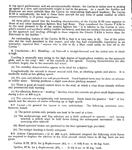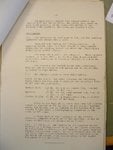GrauGeist
Generalfeldmarschall zur Luftschiff Abteilung
Some of the air battles that occurred in the Pacific would have dwarfed aerial engagements in the ETO both on savagery and sheer scale.And, obviously, the sample of any combat over the Pacific was tiny compared to the air battles that occurred around England, Germany and Russia.
Especially when the Japanese still had the manpower and resources to bring a fight to the Allies.


